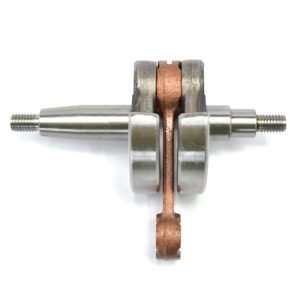A petrol generator carbon brush is a component found in the generator’s starter motor or alternator. It conducts electricity between the stationary part (stator) and the rotating part (rotor) of the motor.
Types of carbon brushes:
- Graphite brushes: These are the most common type and are made of carbon and graphite.
- Metal-graphite brushes: These contain a mixture of metal and graphite for improved conductivity and durability.
- Electrolytic brushes: These are made of a special material that helps to prevent arcing and improve brush life.
Key functions:
- Electrical conduction: Conducts electricity between the stator and rotor.
- Mechanical contact: Provides mechanical contact between the stationary and rotating parts of the motor.
- Current flow: Regulates the flow of current to the motor.
Common issues with carbon brushes:
- Wear and tear: Carbon brushes wear down over time due to friction and electrical current.
- Contact problems: Worn or damaged brushes can cause poor contact between the stator and rotor, leading to reduced performance and increased wear.
- Arcing: Excessive arcing between the brushes and commutator can damage the motor.
Maintenance tips:
- Regular inspections: Check the carbon brushes for signs of wear, damage, or excessive arcing.
- Replacement: Replace carbon brushes according to the manufacturer’s recommended intervals.
- Cleaning: Clean the commutator and brush holders to remove dirt and debris.
Benefits of using high-quality carbon brushes:
- Improved performance: High-quality brushes can improve the efficiency and performance of the starter motor or alternator.
- Longer life: Durable brushes can last longer, reducing the need for frequent replacements.
- Reduced wear: Properly maintained brushes can help to reduce wear on the commutator and other motor components.





Reviews
There are no reviews yet.